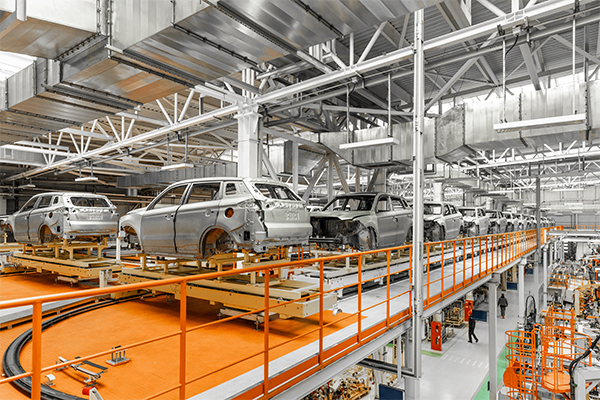Enhanced Accuracy and Quality: Precision cutting tools are essential in automotive manufacturing for achieving high levels of accuracy and quality. They ensure that each component meets stringent specifications, which is crucial for the performance and safety of the vehicle. This precision minimizes errors and reduces the need for rework, leading to higher-quality end products.
Increased Efficiency: These tools significantly boost production efficiency by enabling faster and more consistent cutting processes. Advanced materials and designs in precision cutting tools allow for quicker machining times, which in turn increases overall production throughput. This efficiency is vital for meeting the high demands of the automotive industry.
Cost Reduction: By reducing material waste and minimizing the need for secondary operations, precision cutting tools help lower production costs. Their durability and long service life also mean fewer replacements and less downtime, contributing to overall cost savings.
Adaptability to Advanced Materials: Modern automotive manufacturing often involves advanced materials like carbon fiber and high-strength steel. Precision cutting tools are designed to handle these materials effectively, ensuring that manufacturers can keep up with evolving industry standards and innovations.

The automotive sector has witnessed significant advancements in precision cutting tools, driven by the need for higher efficiency, accuracy, and adaptability to new materials. Initially, cutting tools were primarily made from high-speed steel (HSS), which offered decent performance but had limitations in terms of speed and durability.
The introduction of carbide-tipped tools marked a significant leap forward. These tools provided greater hardness and heat resistance, allowing for faster cutting speeds and longer tool life. This innovation was crucial as automotive manufacturing ramped up to meet increasing demand and more stringent quality standards.
The next major evolution came with the development of coated tools. Coatings such as titanium nitride (TiN) and aluminum oxide (Al2O3) further enhanced the wear resistance and thermal stability of cutting tools. This allowed for even higher cutting speeds and extended tool life, reducing downtime and increasing overall production efficiency.
In recent years, the advent of polycrystalline diamond (PCD) and cubic boron nitride (CBN) tools has pushed the boundaries of what is possible in precision cutting. These advanced materials are particularly effective for machining hard and abrasive materials, such as carbon fiber composites and high-strength steels, which are increasingly used in modern automotive designs.
Moreover, the integration of computer numerical control (CNC) technology has revolutionized the precision and complexity achievable in cutting operations. CNC machines, equipped with advanced cutting tools, can perform intricate cuts with unparalleled accuracy, enabling the production of complex automotive components with tight tolerances.
In summary, the evolution of precision cutting tools in the automotive sector has been marked by continuous improvements in materials, coatings, and technology, each contributing to higher efficiency, better quality, and greater adaptability to new manufacturing challenges.